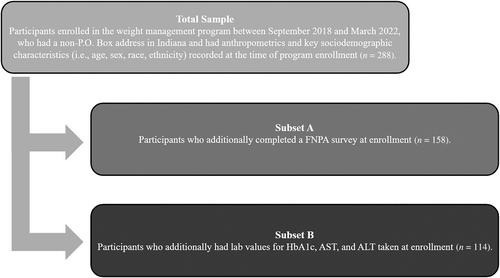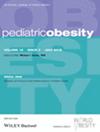Understanding the relationship between limited neighbourhood food access and health outcomes of children with obesity
Abstract
Background
Childhood obesity is a growing worldwide epidemic that requires a biopsychosocial treatment approach to achieve a healthy lifestyle. This study on children in a weight management program examines the relationship between obesity, disease complications, and social determinants of health. We expect that children with higher degrees of obesity are more likely to live in areas lacking access to healthy food and have similar behavioural and socioeconomic characteristics.
Methods
Program participants were identified by neighbourhood food access status based on their home address. The prevalence of comorbidities in the participants was analyzed according to neighbourhood food accessibility. Multivariate regressions evaluated the association between participants' health outcomes and their sociodemographic and geographical characteristics.
Results
A total of 283 (98.3%) participants had a BMI ≥95th percentile for their age and sex and 68 (23.6%) lived in neighbourhoods with limited food access. Almost a third (Adj. R2 = 0.3302; p < 0.01) of the variability in study population's BMI was driven by sociodemographic factors, self-reported eating and physical activity behaviours, and had a positive relationship with access to healthy food. Nonetheless, HbA1c had a negative relationship with access to healthy food given the limited variation in the sample of participants with HbA1c levels indicating diabetes.
Conclusion
Children living in neighbourhoods with limited food access had higher BMIs than other program participants. Thus, it is critical to identify children with limited neighbourhood food accessibility and promote societal and legislative change to improve access to healthy food.


 求助内容:
求助内容: 应助结果提醒方式:
应助结果提醒方式:


